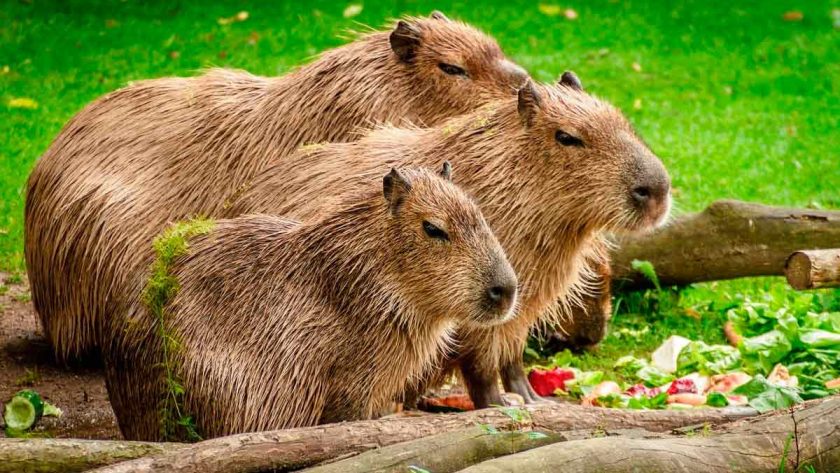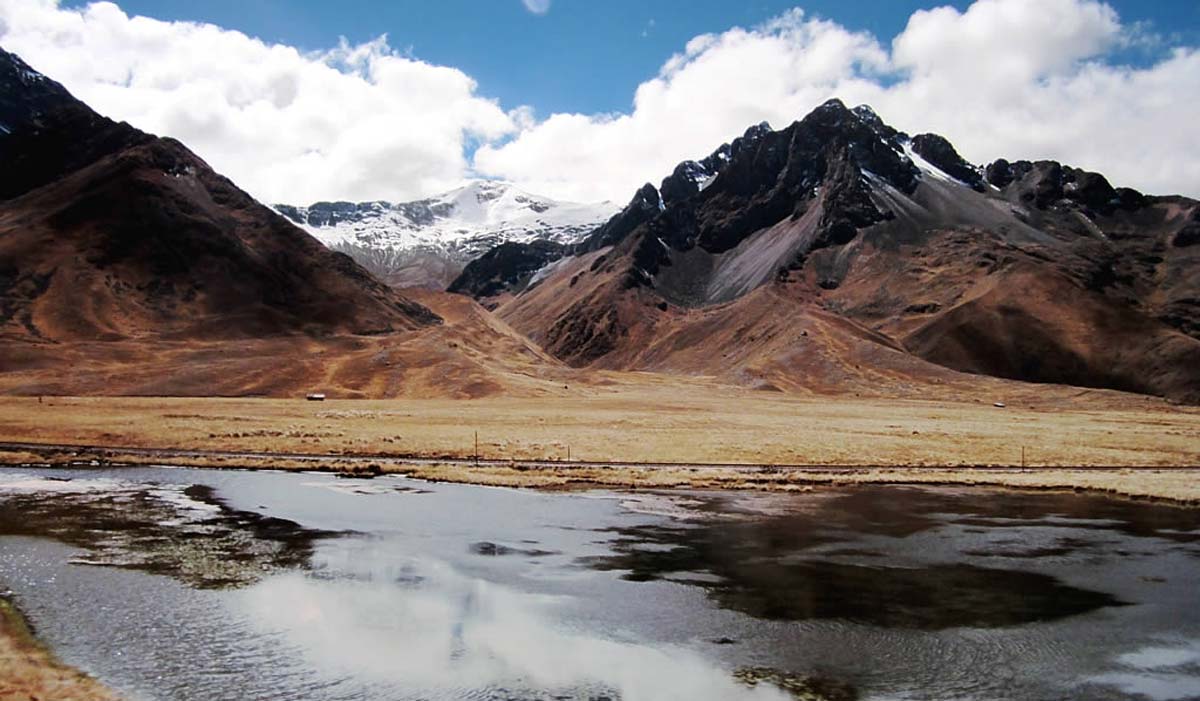This post is also available in:
 Español
Español
If you feel like visiting Peru you can’t miss the Manu National Park. A natural reserve full of life. In this post we show you some of the animals of Manu National Park.
Peru is not all about visiting Machu Pichu or entering the Iquitos Jungle. To know the country it is necessary to discover what beings inhabit it. That’s why today we investigate some of the species that live in this National Park.
Why visit the Manu National Park?
If you don’t know what to see in Peru we assure you that this national reserve is a mandatory stop. And if we talk about Latin American countries with a great biological diversity, Peru it’s on the top, with native animals such as the llama, the alpaca and the condor.
In 1977 it was granted the status of Biosphere Reserve, and in 1987 the park was declared a Natural World Heritage Site by Unesco. Within the park have been discovered about 160 species of mammals, more than 1000 species of birds and about 210 species of fish. We take a look at the animals of Manu Park.
Mammals
River Wolf
It is neither a wolf nor howls. This is the peculiar name given to the giant river otter (Pteronura brasiliensis) of freshwater. This species was on the verge of disappearing due to the commercialization of its skins.

However, thanks to the protection of the National Park, this otter has been capable of mating without any problems. These otters are extremely intelligent and very sociable. Although… don’t let their faces fool you, they are natural predators. It is one of the most popular animals of Manu National Park.
Ronsoco
Another name for this animal is Capybara. Its scientific name (Hydrochoerus Hydrochaeris) literally means water pig. Oddly enough this animal is a rodent, the largest in the world to be more precise.
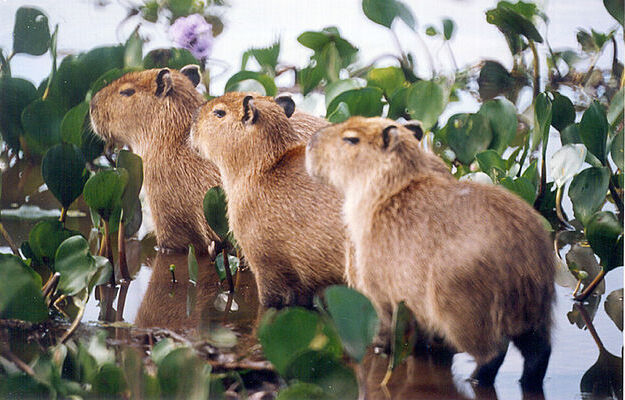
The Ronsoco is herbivorous, and generally feeds on grasses and aquatic plants (living up to its title of “water pig”). It can weigh up to 80 kilograms, measure up to 1 ’30 meters long and reach a height of 50 centimeters.
Birds
Agamia Agami
With this name that seems like a tongue twister, this species is one of the most famous in South America. It is currently threatened because of the destruction of its natural habitat.
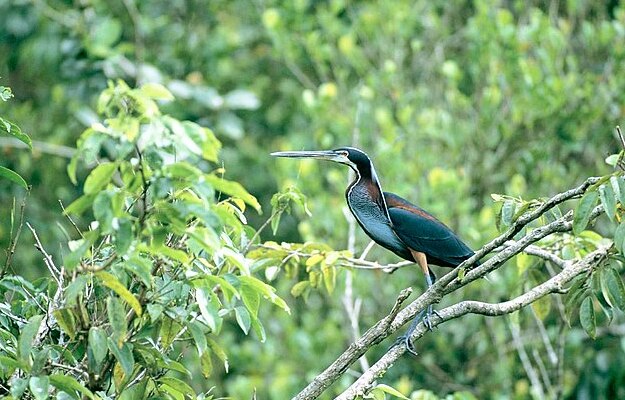
This enormous bird (between 66 and 76 centimeters) stands out for its striking colors. It has beautiful green wings and its back is adorned with blue feathers. Its beak and legs are whitish-white. Did you know that even its eggs are colorful?, the female usually lays a pair of light blue eggs.
Ara Ararauna
And there we go with the complicated names! This Guacamayo is the one you imagine when you think of a common “parrot”. It stands out for its long tail, which makes it reach up to 86 centimeters in length.
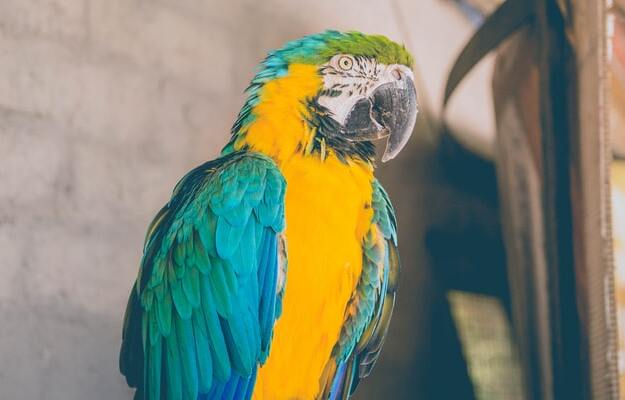
It usually lives near humid areas, and once it pairs up it never separates… How romantic! ❤️ This species of parrot is not separated from its parents for over a year, since chicks are usually born blind and featherless.🦜
Fish
Black Cachama
The Black Cachama, also called Black Macaw is a migratory species. During the summer it takes its “suitcase” and goes miles up in the water. But in winter it rests to reproduce and raise more baby travelers.
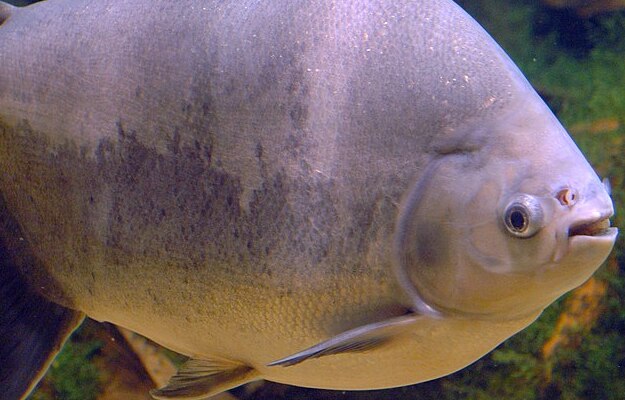
Adults can weigh up to 35 kg and their color is grayish to black. Despite its unappetizing look it is one of the most exquisite animals in Peruvian food. But beware, what is eaten is a hybrid species called Cachamoto, which comes from the cross between the Black Cachama and the Red Cachama.
Boquichico
What a funny name!. This little fish is named like this for its small mouth. Boquichico in spanish means something like: little mouth. Males can reach up to 37 cm in length. Females usually stay at 24 cm only.
Its color is silver, and its body is “decorated” by dark bands composed of scales with black edges. A fish with a very punk style. The Boquichico is a freshwater fish and with its small mouth it feeds on small algae, plankton and mud.🐟
Now that you know so much about the animals of Manu Park… Are you looking forward to visiting them?

